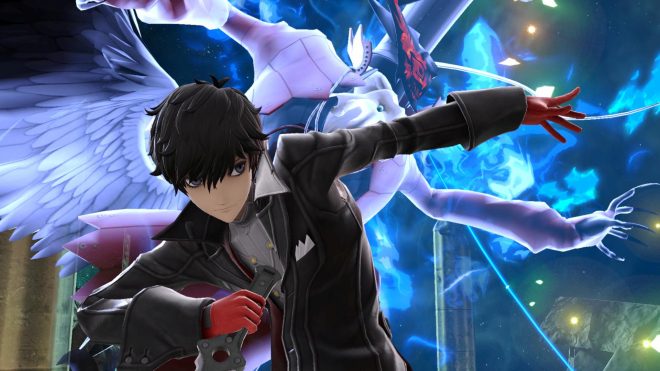Cognition Dissemination: Who’s the Current Audience for the Xbox One S All-Digital Edition?

After being rumored for several months, Microsoft finally confirmed the Xbox One S All-Digital Edition. As the name implies, this will be an alternate of the current Xbox One S that will only play digital games, and won’t have a disc drive. Platform holders and publishers have been encouraging players to purchase digital downloads for this entire generation, thanks to all games being available through physical and digital copies. We’ve now hit the point where one of them is willing to release a console that removes an option for the former altogether.
But there’s a good question to ask: Who is the current release version for? Microsoft’s efforts don’t make that clear.
When the system was rumored, it sounded like a fine alternative for anyone who was still on a fence about purchasing an XB1, but also felt they were done with purchasing physical media. This was combined with the potential for it to be a cheaper option with the removal of the disc drive from the manufacturing process.

Yet, it’s not that much cheaper. The system will come with 1TB of storage and cost $249.99 in America, which will make it a little more expensive than expected. The price will be mitigated with the inclusion of three games: Minecraft, Sea of Thieves, and Forza Horizon 3, but the price is still high compared to the several current XB1 S offers.
Microsoft themselves is selling the current Xbox One S console on their store for the exact same price, which includes the option to play both physical and digital media. They’re all sold in bundles that include at least two games. Each option includes a digital code for Gears of War 4, alongside newer games like Anthem, Battlefield V, Forza Horizon 4, and starter packs for free-to-play games Fortnite and Apex Legends. It’s tough to recommend the All-Digital Edition when the current model with the additional option of playing discs is available for the same price. Don’t be surprised if the system conveniently returns to its $299 price alongside the digital edition’s launch, to make the latter seem like a better deal in comparison.
This version of the system is a clear experiment to see how an all-digital console can fare in the current climate, despite the hindrances that already exist for digital software sales in some countries. Downloading digital games still isn’t feasible in several parts of the world, thanks to poor infrastructure for good or even adequate internet speeds. Those also include rural townships in America, which often have to settle for dial-up connections.
That’s not getting into the download caps that exist from several greedy ISPs across America, which are ridiculously restrictive given how large individual software and patch sizes have been throughout this console generation. The number of consumers who prefer digital downloads continues to grow, to the chagrin of video game-centric retailers like GameStop; but there’s still a good audience for discs.
This could have been a far better way for Microsoft to gauge how popular digital games have become if it wasn’t for the price. The system is currently being compared to the PSP Go, an all-digital version of the original PSP released years after the system that played both digital and physical games — for the exact same price as this system to boot. But the XB1 SAD (or SADE?) is a better proposition thanks to all software being available digitally (that this never became the case for PSP doomed the Go model from the start) and including several games at the start for a good incentive. It does inherit the problem of being priced a bit too high out the gate, however.

But the system won’t stay at that price forever. The current deals for the XB1 S and the Xbox One X show that Microsoft likes having frequent deals for their system, and this one is bound to join them eventually. The timing of when they provide deals through temporarily-reduced prices, adding more games, or both will be key, as they won’t want to make it seem like they’re desperate to get some of them off shelves. But that could happen anyway, as it could struggle out the gate at its current price.
The design of the system is nearly identical to the current XB1 S, though with a key difference on the console’s face, and it isn’t much smaller. Hopefully no one gets the models confused when they release later this year. The nearly-identical price won’t help here either.
Again, it’s clear this is an experiment to see how a digital console will fare, which is why it’s being released around five-and-a-half years after the original XB1 released, and a little under three years after the current S model arrived. Microsoft likely won’t suffer any financial repercussions if it struggles on the market, and it’s tough to see how it won’t at the current price. The system will arrive on May 7th, though I won’t blame anyone who has a strong feeling that the deals for this around Black Friday will be incredibly good, and feels that it will be wise to wait until then.





